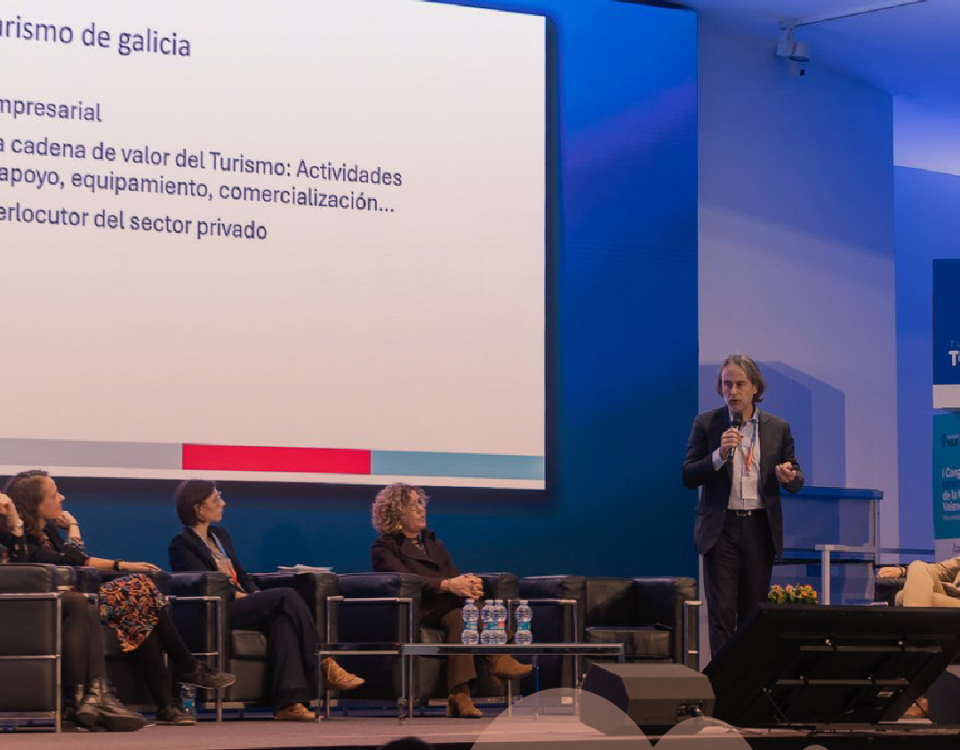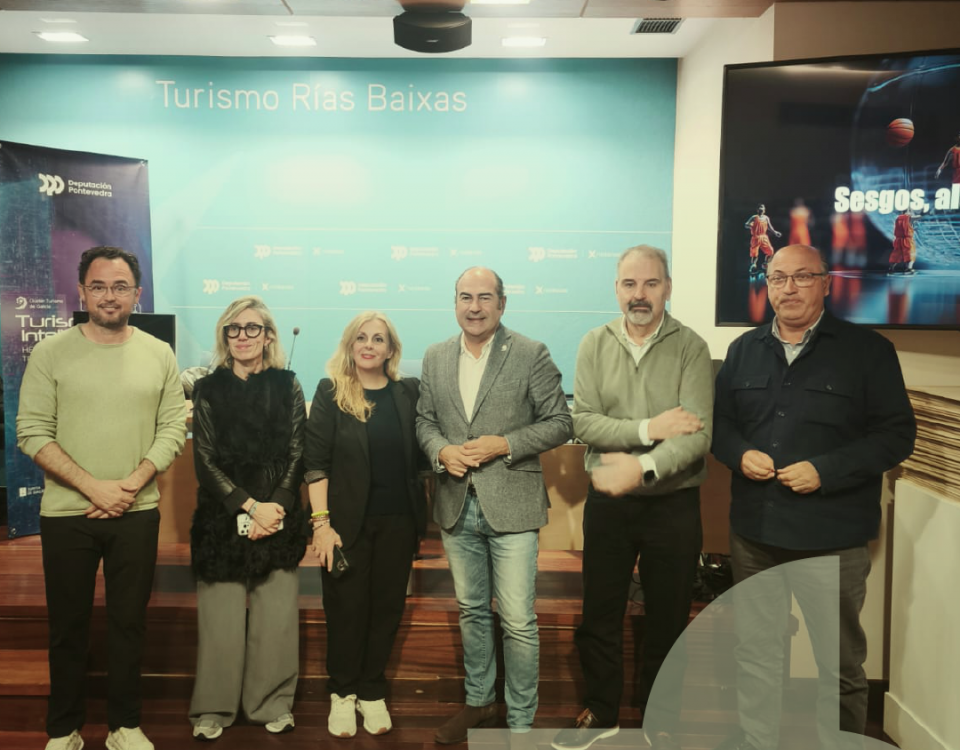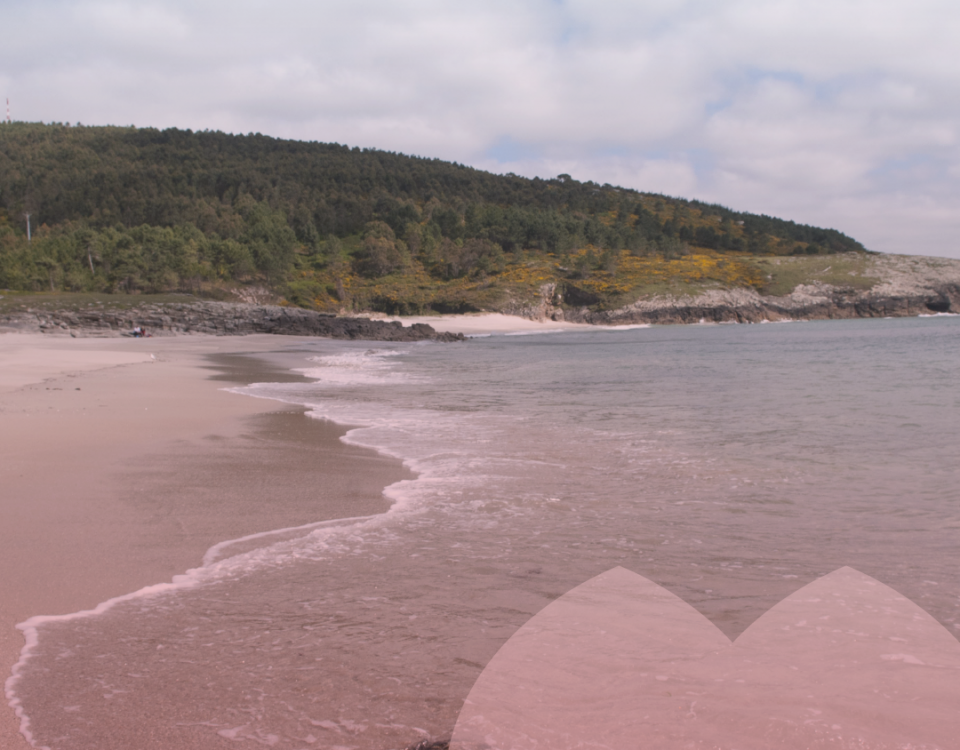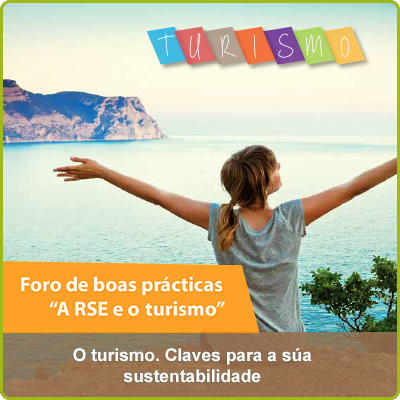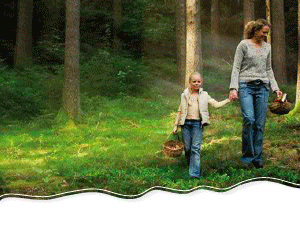- El mejor turismo de galicia
The active and natural cultural offer gains ground in the preferences of the foreign traveller who chooses Spain.
The active and natural cultural offer gains ground in the preferences of the foreign traveller who chooses Spain.
According to a study carried out by Mabrian Technologies together with Interface Spain on the tourist products that most interest international travellers, the well-known sun and beach product is losing interest in favour of other types of proposals linked to the cultural, active and natural offer. The report analyzes the motivations and travel intentions of these travelers through the analysis of spontaneous mentions of visitors in social networks and concludes that international tourists seek new experiences and personal enrichment. Specifically, more than 55 million tourist mentions have been analyzed, between January 1 and August 31, 2018 and the same period of 2017, referring to 113 tourist destinations throughout Spain, both coastal, inland and urban.
In the analysis of the data, cultural tourism is the one that generates most interest among users in general (28% of tourist mentions), even above the sun and beach (19%). The top 5 tourist products for 2018 are closed by natural tourism (11%), active tourism (10%) and gastronomic tourism (9%).
The trends followed by these interests in 2018 compared to 2017 show how the motivations relating to sun and beach products (-10) and nightlife (-7%) give way to alternative tourist products such as wellness (+14%), natural (+9%) and active (+6%).
The study highlights that the wellness product is the one that experiences the greatest increase in relative interest on the part of users in general. Although this motivation was not a priority in 2017 (2.89%), has gained ground this year, with an increase in tourist mentions related to the practice of yoga, tranquility, or slow lifestyle, constituting a clear opportunity for Spanish destinations.
There has also been a significant increase in Italian interest in shopping (+22%) and wellness (+11.6%); the British have seen a substantial increase in family products (+14%); the Germans in wellness (+7.5%) and the French in cultural products (+5%).
Seasonalisation and diversification
From the analysis of the data, the study concludes that this structural change in international tourism opens the door to the development and diversification of new tourist products and to the much-desired deseasonalisation, as “it allows access to market niches and differentiated targets, which provide more value in their visits and increase tourist expenditure. Not in vain, direct relations have been established between visitors interested in products such as cultural and active, and average expenditure per tourist,” says the study.
In this sense, it concludes that this would allow many Spanish tourist destinations to reduce their exposure to the intermediary market, compete in better conditions after the return to the international tourism market of Mediterranean competitors with an aggressive pricing policy, and rethink the pricing strategy to provide added value beyond tourism exclusively sun and beach.





